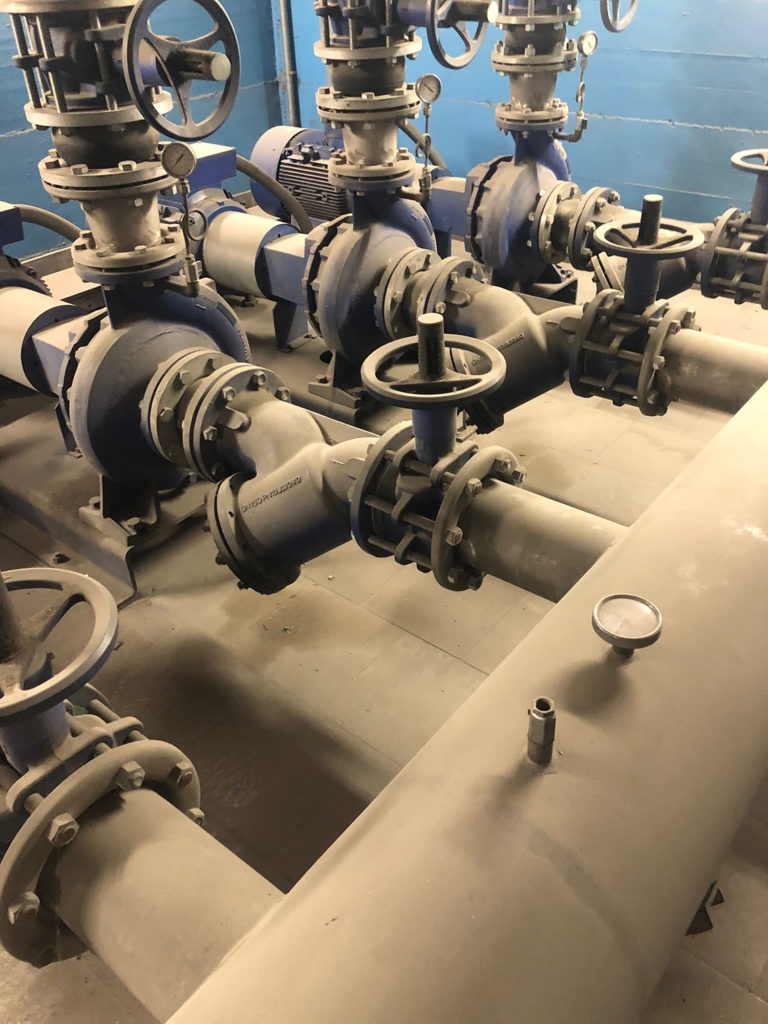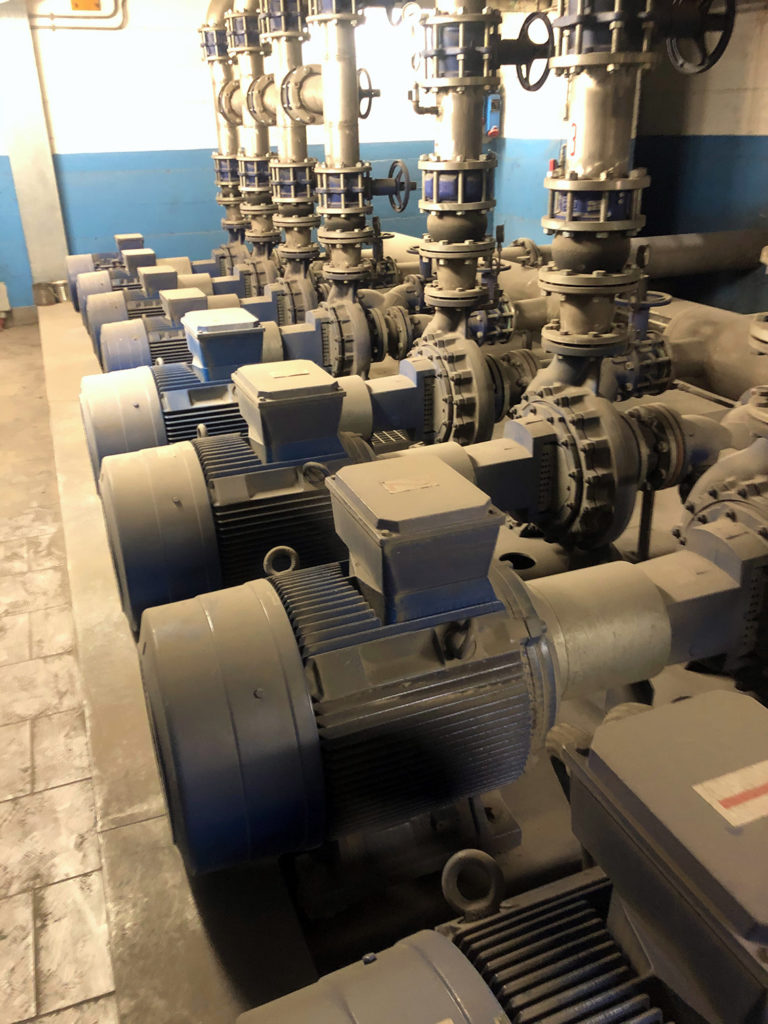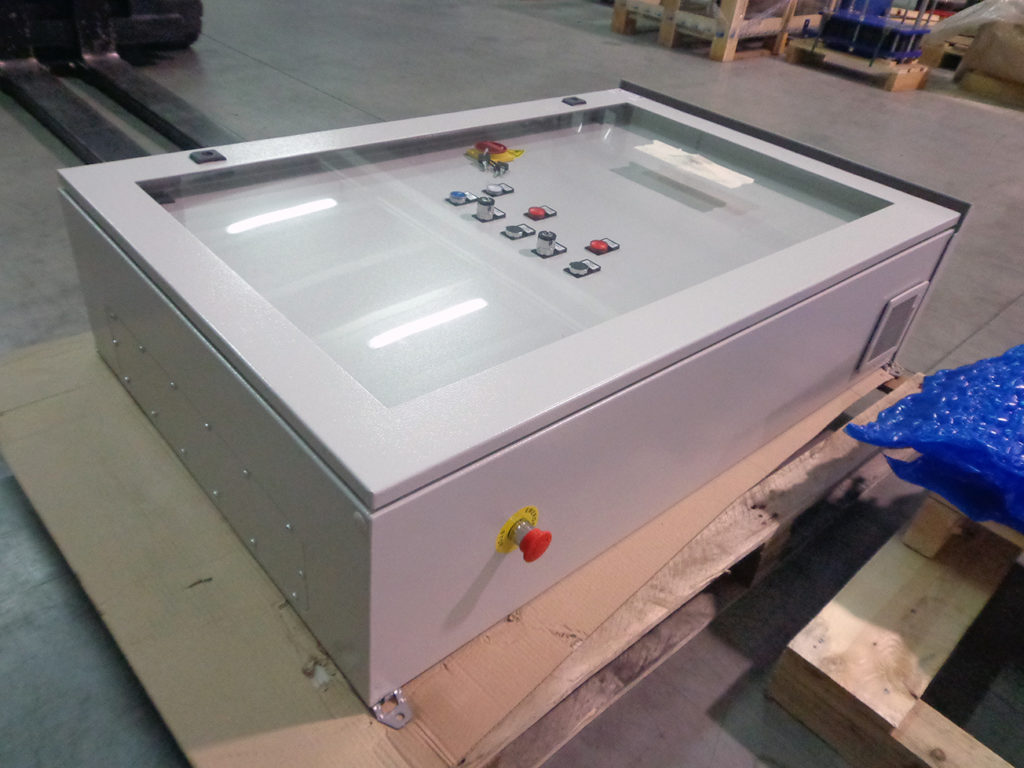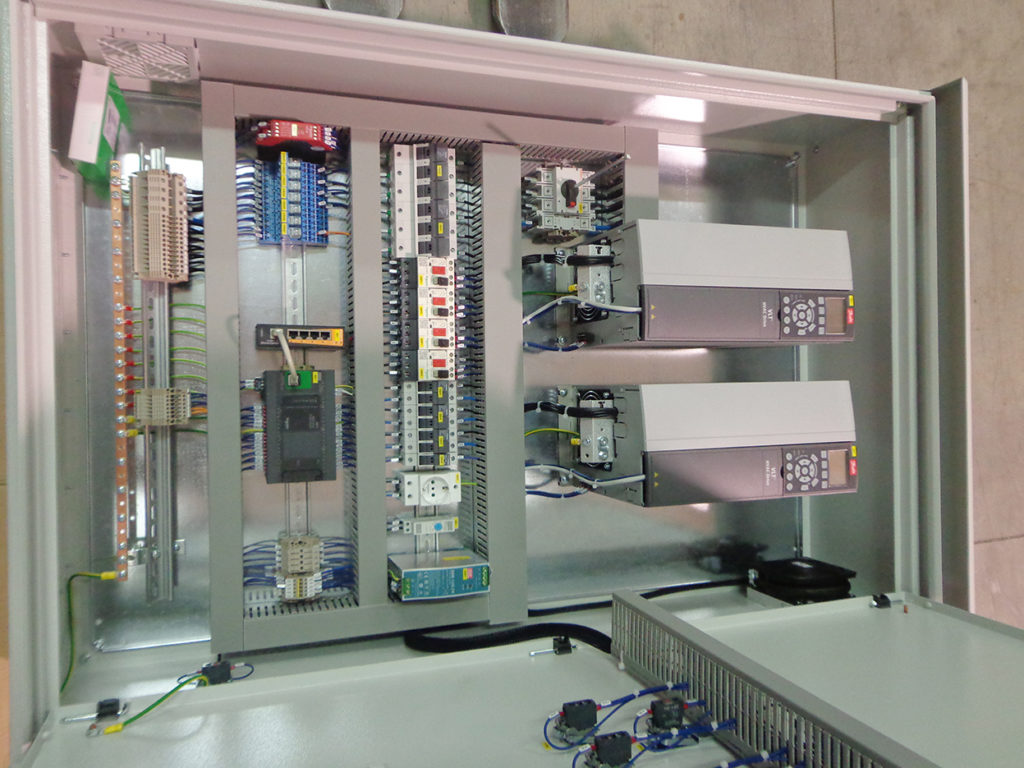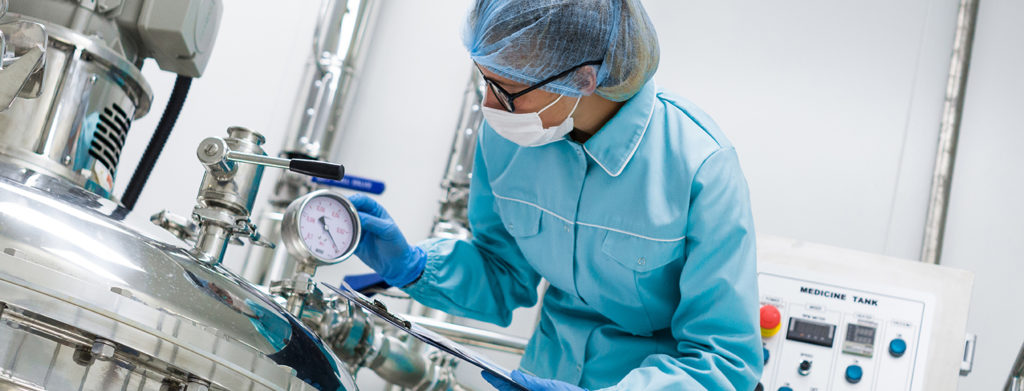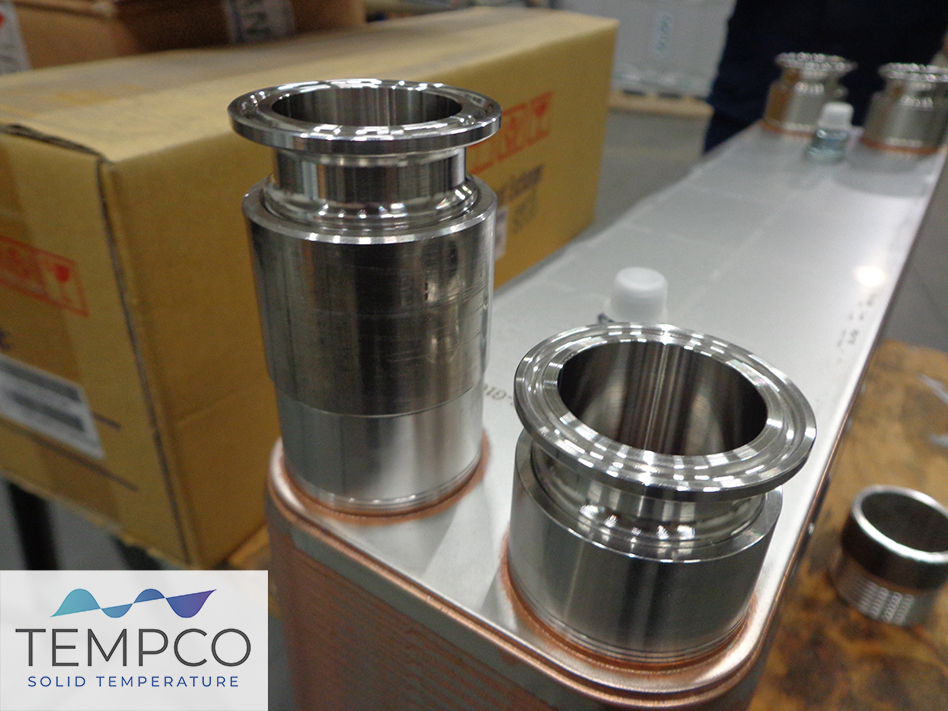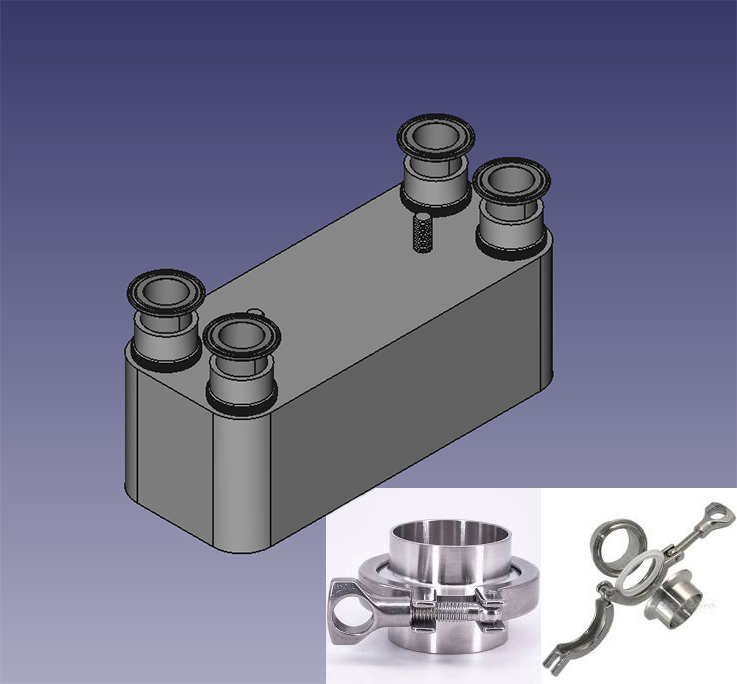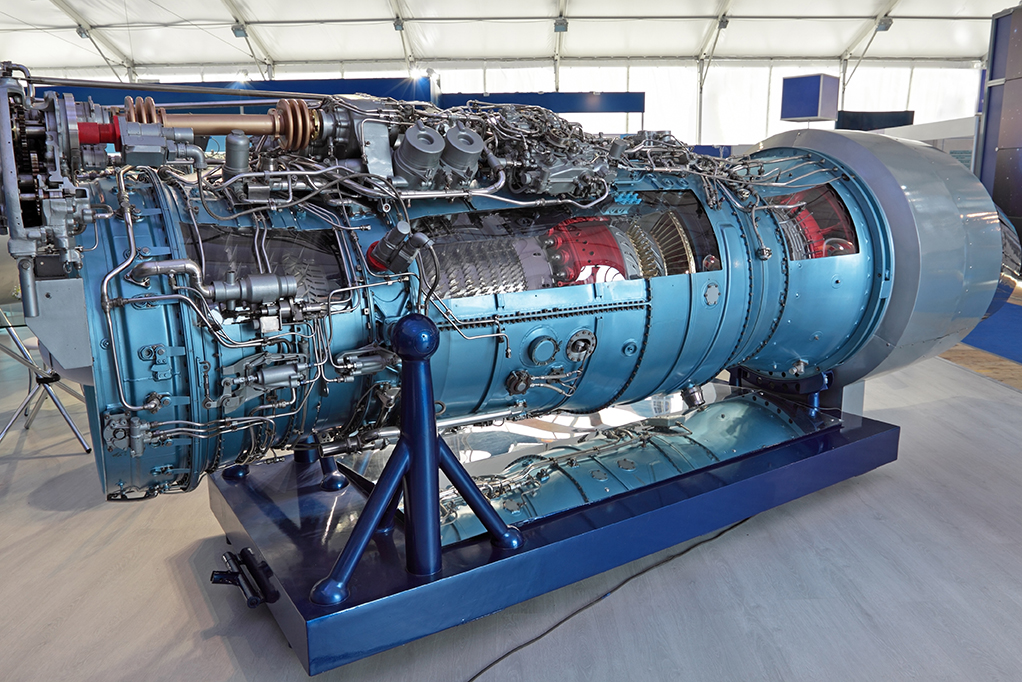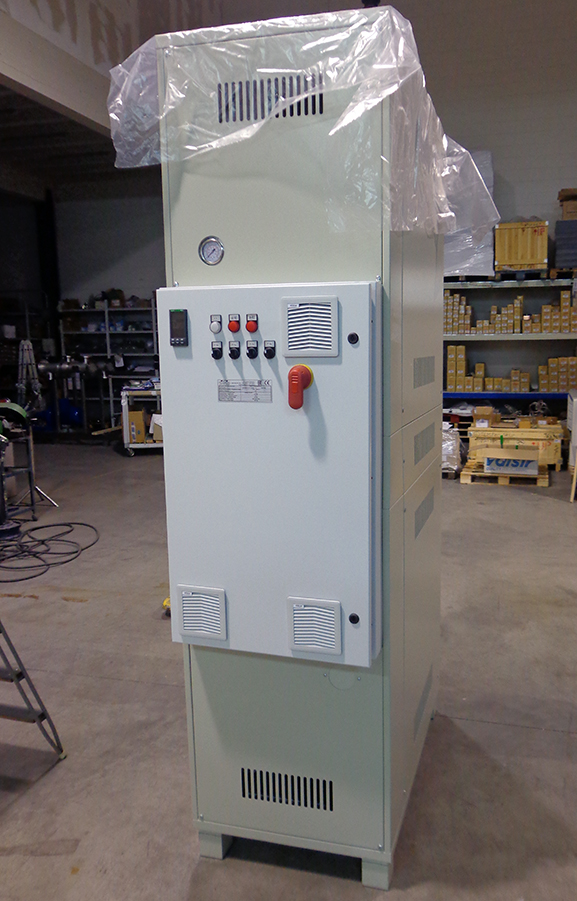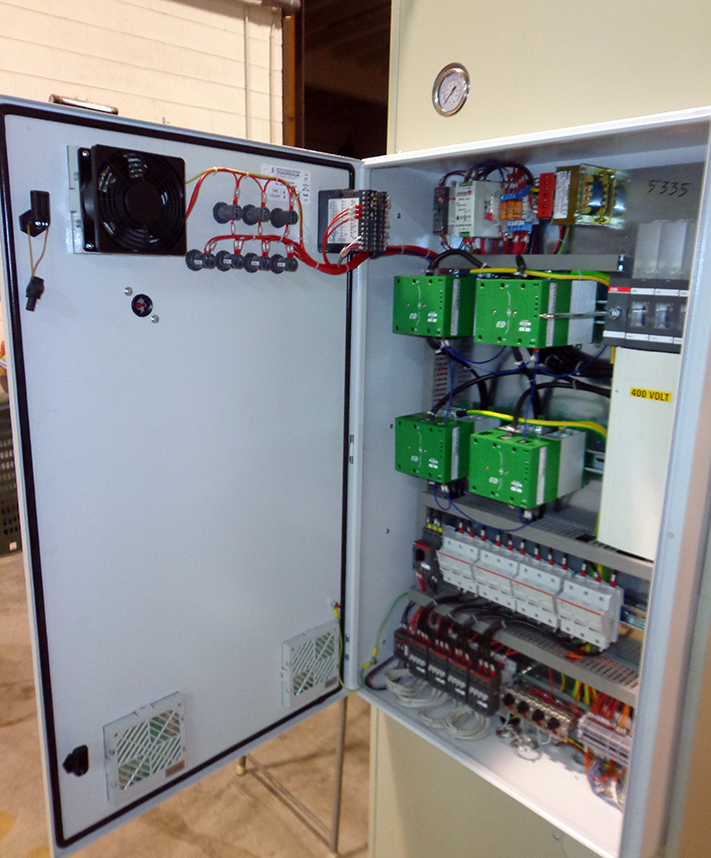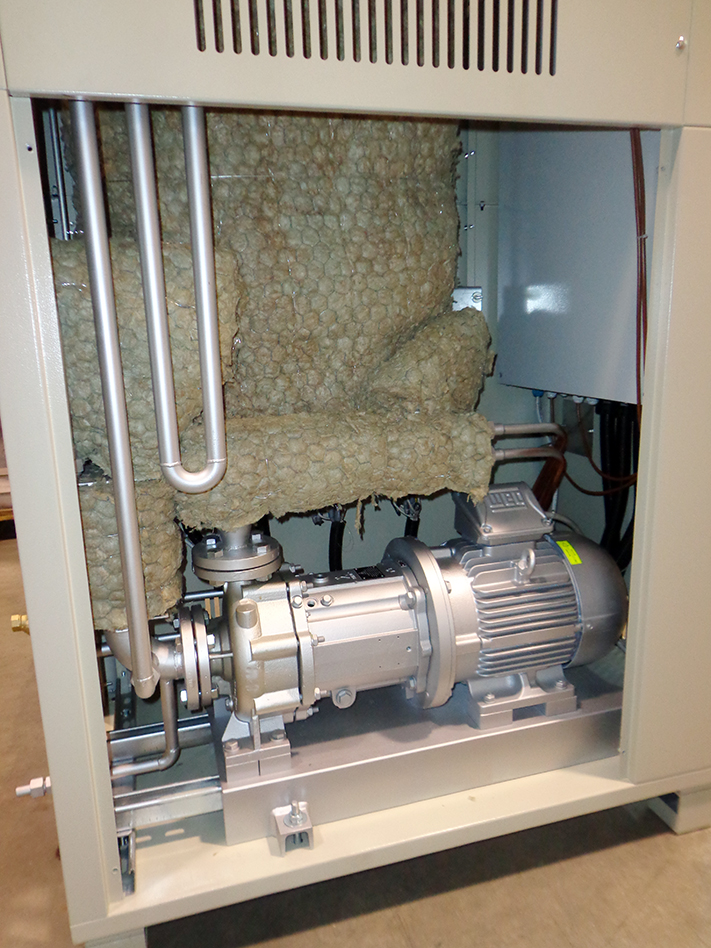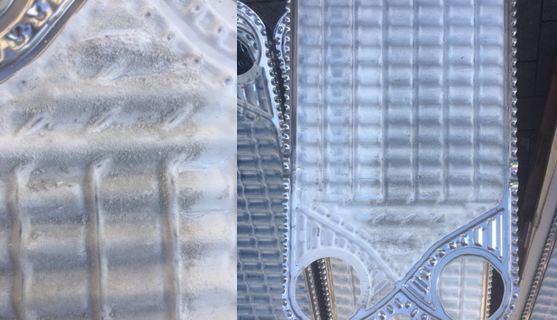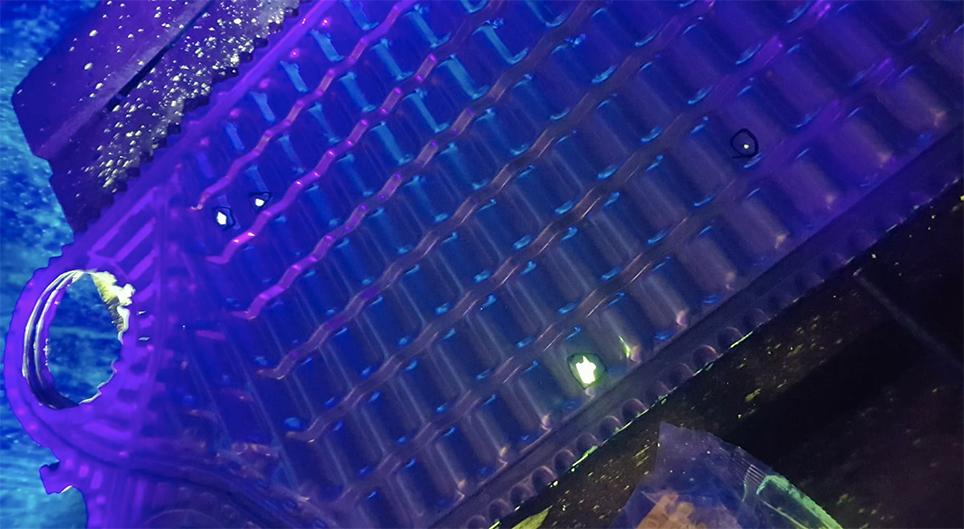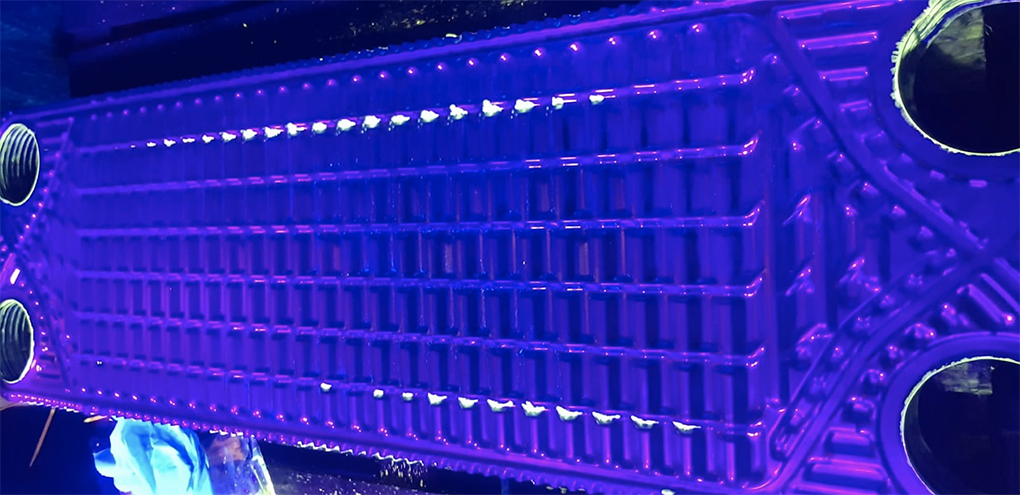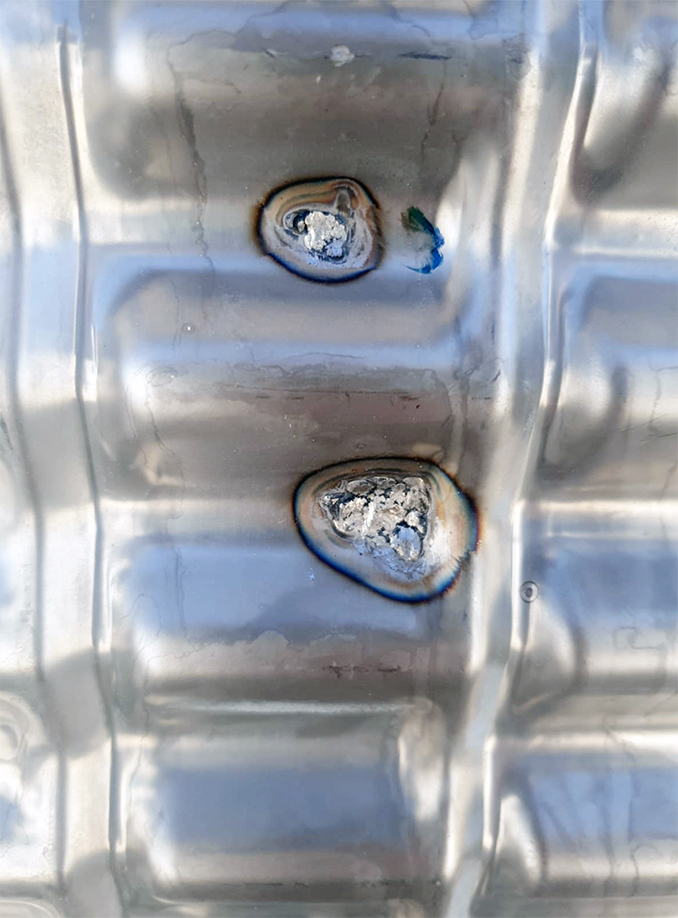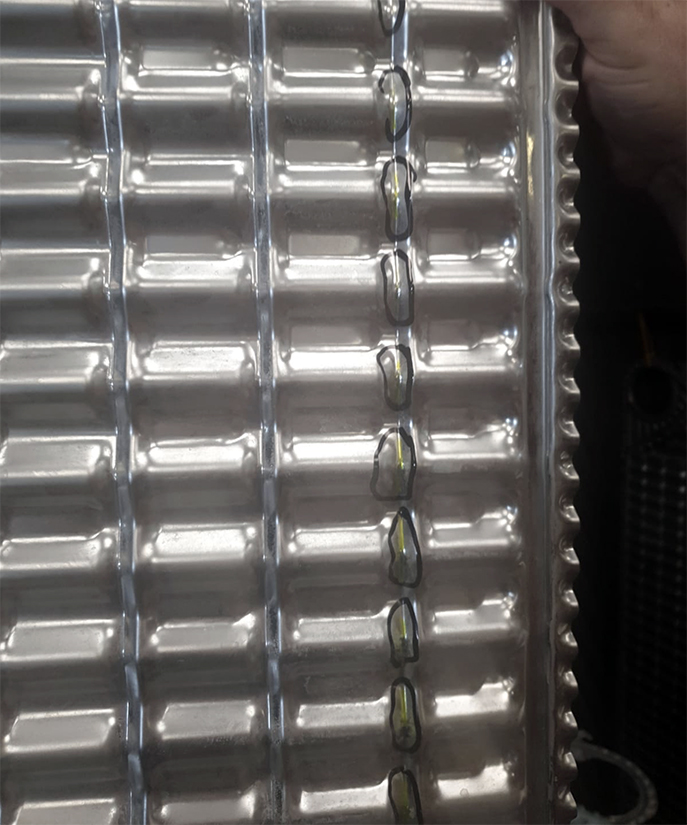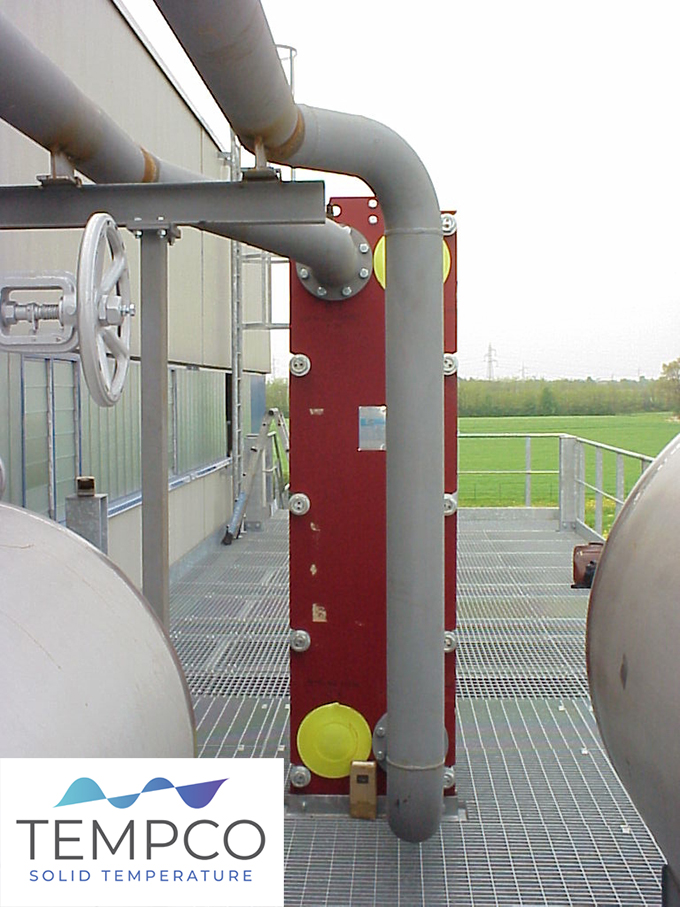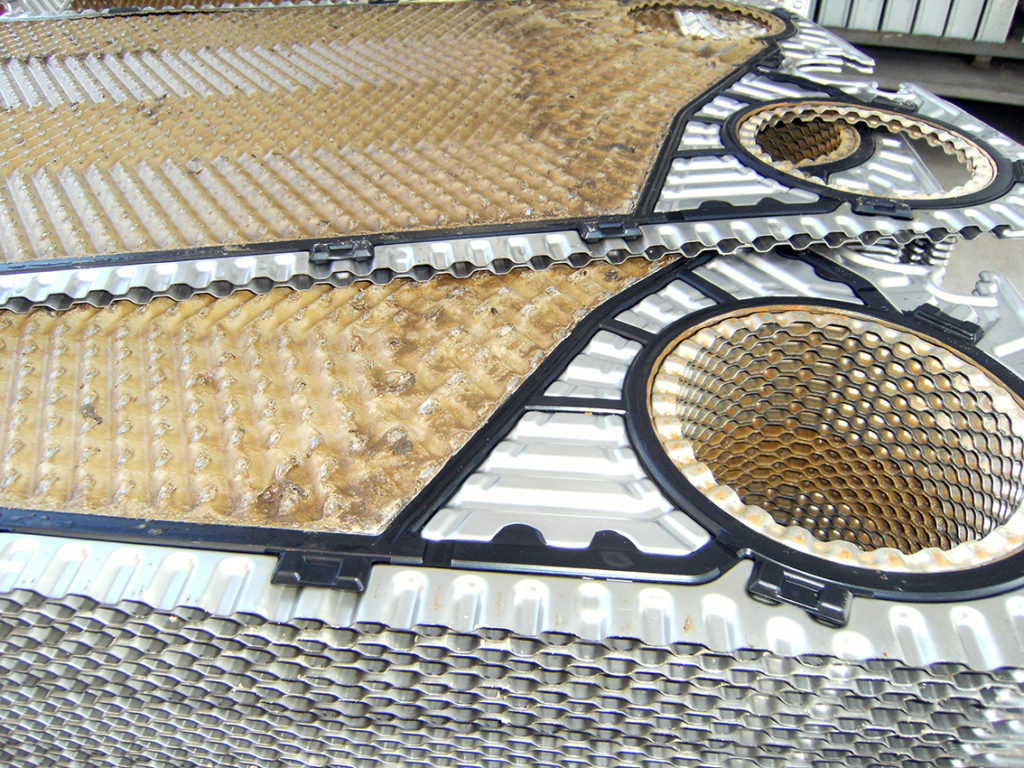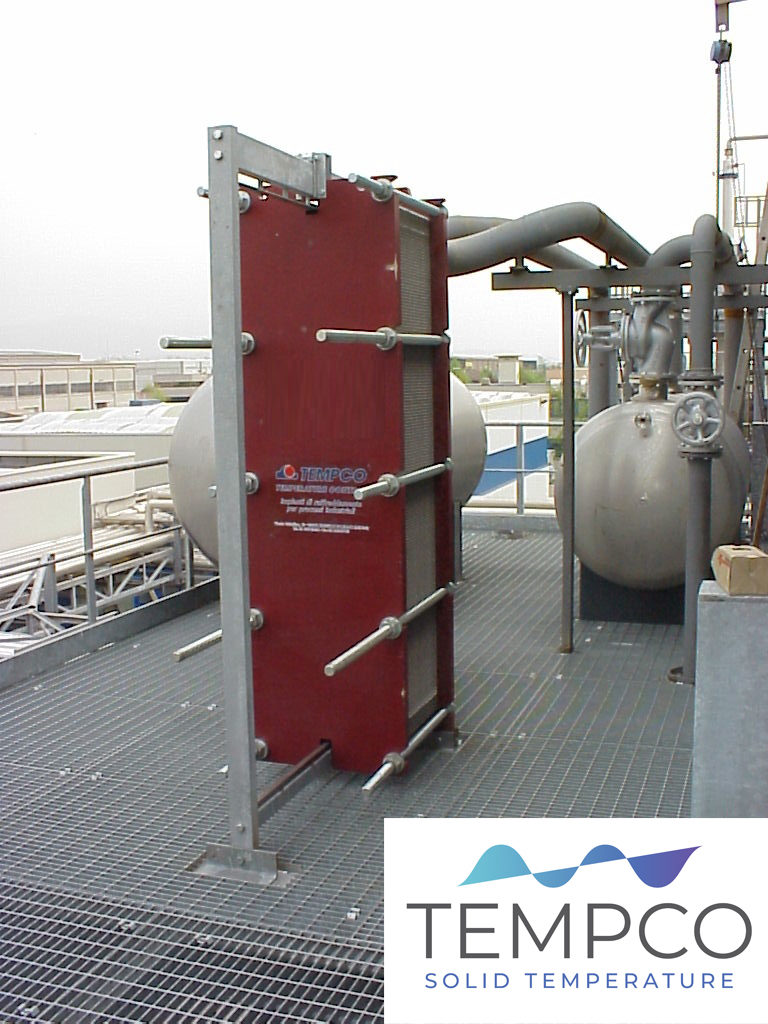Anodic oxidation, or anodizing, is a treatment employed for aluminium, a material that is very light, strong and quite resistant to corrosion. Among the many applications of aluminium, one of the best known is its use for extruded parts in windows. Here, the exposition to external atmospheric agents can degrade the look of the material, damaging it over time.
In order to make aluminium resistant to corrosion, the material thus undergoes a treatment in anodic oxidation baths, which generates a sort of chemical coating that makes it resistant to atmospheric agents corrosion. This is achieved using electro-chemical or electro-galvanic baths, where a direct current passes through. Thanks to an electrolytic process, a hard layer of anodic oxidation is deposited on the external surface of the aluminium.
There are different types of anodic oxidation processes, and the field of expertise in Tempco is to ensure the cooling of these baths. Indeed, the direct current that passes through them generates heating, and the temperature of the baths must be maintained at a temperature of approximately 20-25° C, depending on the kind of anodic oxidation process involved.
The application is simple, but there is a problem: usually, these baths don’t contain water, but a solution of sulphuric acid, in a low concentration of about 20%, depending on the type of anodic oxidation process. Cooling can then be achieved using chillers or main water with heat exchangers.
But heat exchangers have to be manufactured using special materials, in order to ensure resistance to corrosion by sulphuric acid. Therefore, for the cooling of anodic oxidation baths we supply traditional plate heat exchangers using materials such as titanium or high alloy stainless steel. We also employe immersion TCOIL dimple jacket exchangers, still being manufactured using high alloy stainless steel.
Cooling in anodic oxidation is also challenging on another prospect, which is the evaluation of the thermal duty of these exchangers. We will soon dedicate another video to this theme.
Subscribe here to our Tempco Newsletter – Solid Temperature.

